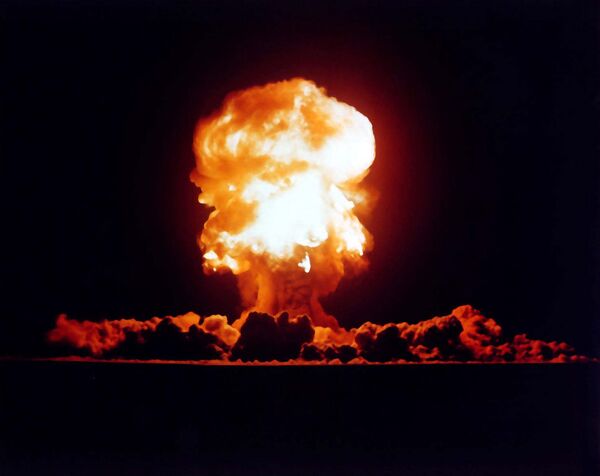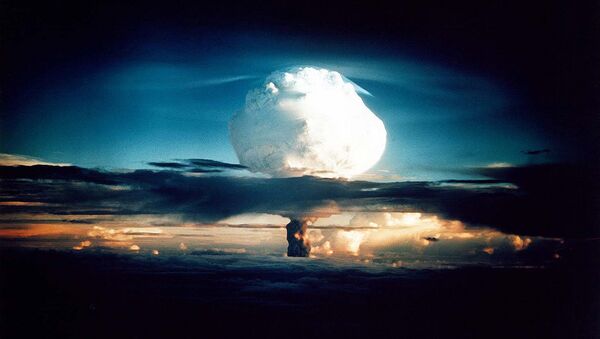Once and again the world learns how it was saved from a nuclear apocalypse.
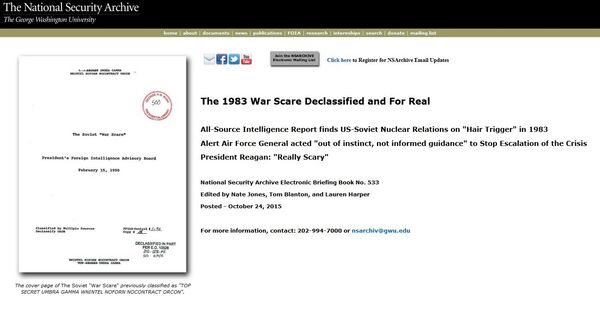
The recently declassified February 1990 report on the Soviet War Scare of 1983, published by the National Security Archive at George Washington University, describes how dangerously close the US and Soviet Union were to going to war.
It reveals how the Cold War-era US national-security apparatus had missed many warning signs.
“According to the President's Foreign Intelligence Advisory Board (PFIAB), the United States "may have inadvertently placed its relations with the Soviet Union on a hair trigger" during the 1983 NATO nuclear release exercise, Able Archer 83,” it states.
“These included: a 170-flight, radio-silent air lift of 19,000 US soldiers to Europe during Autumn Forge 83, of which Able Archer 83 was a component; the shifting of commands from "Permanent War Headquarters to the Alternate War Headquarters;" the practice of "new nuclear weapons release procedures" including consultations with cells in Washington and London; and the "sensitive, political issue" of numerous "slips of the tongue" in which B-52 sorties were referred to as nuclear "strikes," reads the report.
The PFIAB report also includes additional warming signs that the USSR could easily have misinterpreted, described as "special wrinkles." These included "pre-exercise communications that notionally moved forces from normal readiness, through various alert phases, to General Alert;" and that "some US aircraft practiced the nuclear warhead handling procedures, including taxiing out of hangars carrying realistic-looking dummy warheads."
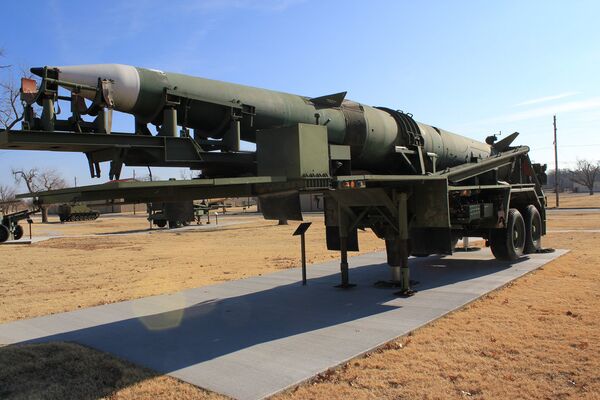
It transpires that the Soviet Union did actually believe that the US was preparing for a real war and mobilized its military in response.
According to the National Security Archive summary of the document, "Warsaw Pact military reactions to Able Archer 83 were… 'unparalleled in scale' and included 'transporting nuclear weapons from storage sites to delivery units by helicopter,' suspension of all flight operations except intelligence collection flights from 4 to 10 November, 'probably to have available as many aircraft as possible for combat."
The US, as it turns out, knew nothing about these activities.
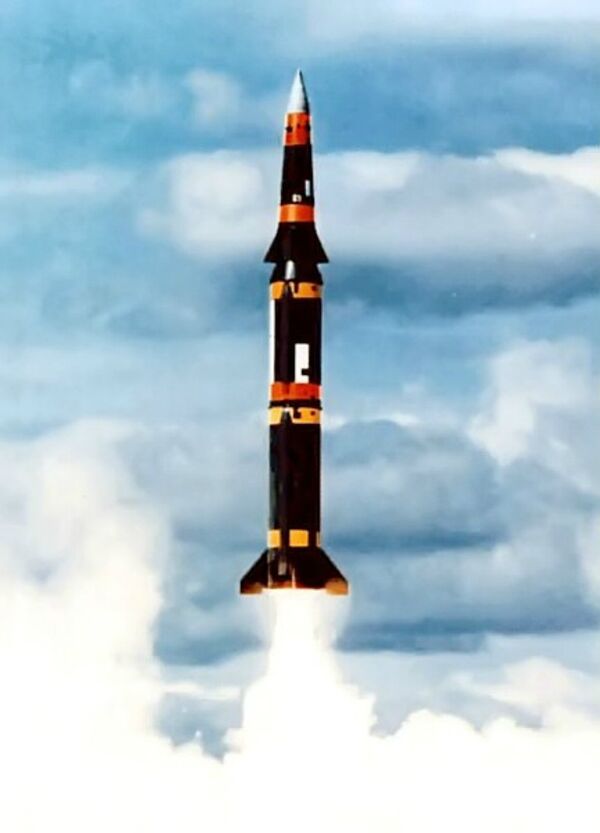
“The US fell victim to the inverse error and didn't think the Soviets were serious about preparing for war, partly because they didn't think the Soviets thought the US wanted to launch a nuclear first strike. As a result, US military and intelligence decision-makers didn't believe that anything out of the ordinary was happening during Able Archer,” reads the manual.
Fortunately "the military officers in charge of the Able Archer exercise minimized this risk by doing nothing in the face of evidence that parts of the Soviet armed forces were moving to an unusual level of alert."
The decision not to elevate the alert of Western military assets in response was made by Lieutenant General Leonard Perroots while serving as Assistant Chief of Staff for Intelligence, US Air Forces Europe.
Had the US military changed its operating procedure in Eastern Europe, it would only have escalated tensions and enhanced the chances of an accidental war.
It may just be that the unwitting inaction of the US military actually saved the world.
